Votre panier est vide
Besoin d'inspiration ?
Rendez-vous dans le programme en ligne du GrandPalais
Article -

Le tour du potier, inventé au IVe millénaire avant J.-C., se répand durant l’Antiquité. Les parois des vases sont plus régulières, plus fines et plus lisses. Les céramiques sont plus élégantes.
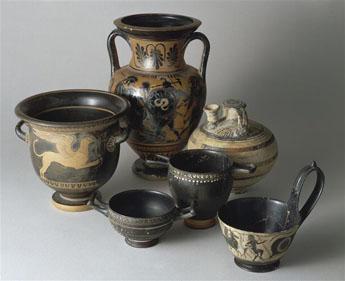
The potter’s wheel, invented in the 4th millennium BC, became widespread throughout Antiquity. The walls of vases become more regular, finer and smoother. Ceramics are more elegant. Middle Eastern potters, in particular Greeks and Etruscans, developed numerous forms: the krater, amphora, cup, aryballos, pyxis, oenochoe, etc. Their walls are richly decorated. The Egyptians produced faience with translucent turquoise blue glaze. The Chinese were already the great masters of the art of ceramics. They modelled, sculpted it and transformed it into an army of soldiers guarding the Emperor Qin Shi Huangdi in his tumulus, his final resting place. Under the Han Dynasty, small statuettes called Mingqi were placed in tombs. The first ceramics made from kaolin (clay used for porcelain) appeared. They were enamelled in blue or green.
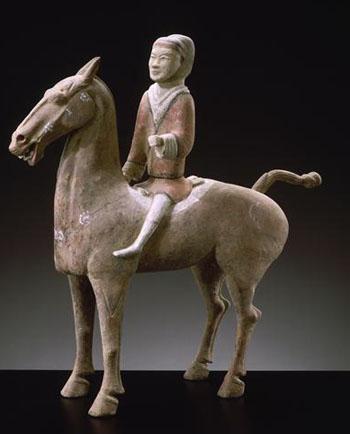
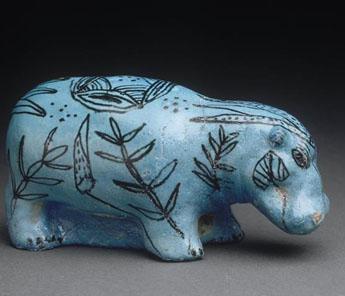
Votre panier est vide
Besoin d'inspiration ?
Rendez-vous dans le programme en ligne du GrandPalais
See content : In the fantastic world of Eva Jospin: 8 questions for the artist
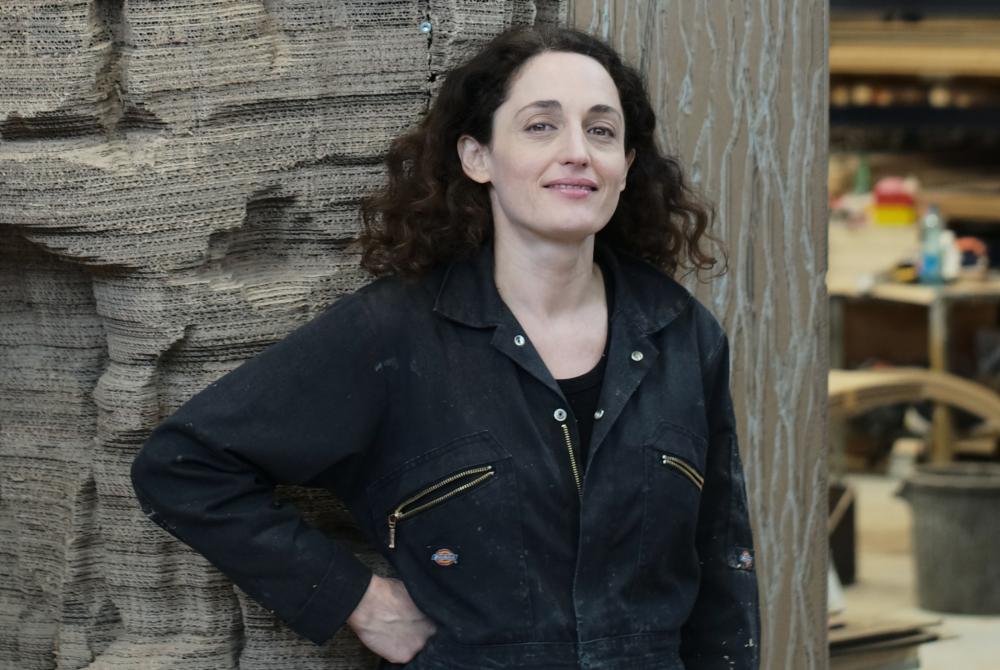
Article -
At the Grand Palais, Eva Jospin's "Grottesco" exhibition offers a timeless journey. Mysterious caves, sculpted nymphaea, petrified forests and "embroidered tableaux" come together to form a world apart. In this interview, the artist reveals her sources of inspiration, her relationship with cardboard and embroidery, and the way she turns each viewer into an explorer of her fantastical landscapes.
See content : It's open! Eva Jospin and Claire Tabouret: two new exhibitions at the Grand Palais
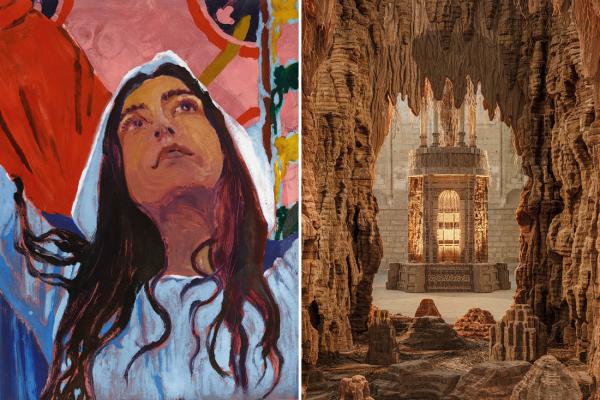
Article -
Until March 15, you're invited to explore the fascinating worlds of Eva Jospin and Claire Tabouret, presented in two Grand Palais galleries linked by the same entrance.
See content : A treasure of the Sun King soon to be displayed under the glass roof of the Grand Palais: book your tickets now!
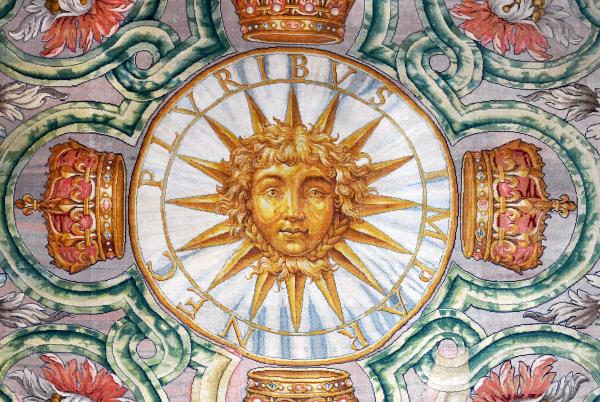
Manufacture de la Savonnerie d’après Charles Le Brun (1619-1690), Tête d’Apollon, détail du 6e tapis de la Grande Galerie du Louvre, laine et lin, 8,82 x 5,94. Paris, Mobilier national
Article -
Seven days only, some thirty carpets on display, a royal setting resurrected: enter the legend of the Sun King, under the majestic glass roof of the Grand Palais. Ticketing is now open!